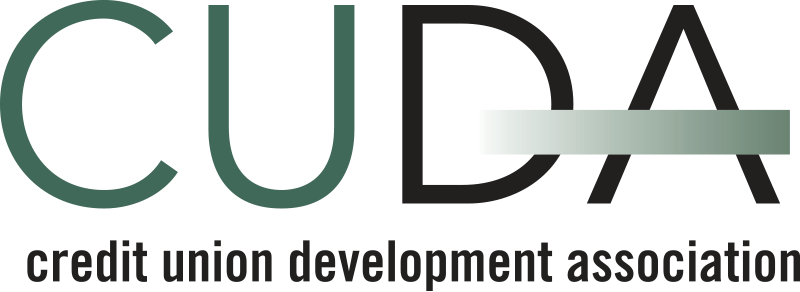Ireland’s credit unions must try to meet the needs of borrowers and savers by evolving
What’s uniquely interesting about credit unions is that the ‘problem’ is how to deal with, and build on, success. Credit Unions have approximately 3 million members, who continue to shrewdly save and have now amassed in excess of €12bn in savings. The challenge for credit unions is how to help their members who continue to build their ‘safety net’ through savings with a fair reward without putting these funds at risk – the latter of which is a shared objective with the regulator. Consistent with the objectives of the credit union, as enshrined in legislation, they also want to meet the borrowing needs of their members with a range of loans. This will ensure mutual benefit for savers and borrowers, by charging a fair rate to borrowers and paying a fair rate to savers.
Credit unions have embraced the enhanced governance framework, introduced in the Credit Union Act 2012 and subsequent regulations, at significant additional costs, but, as intended in the report by the Commission on Credit Unions, the quid pro quo of a more enabling tiered regulatory approach has not yet been delivered. It is worth noting that credit unions are more restricted now than prior to 2012 as a result of these new regulations – that’s not good for consumers, communities or their credit unions.
So what’s the way forward? There are several actions that can be taken to ensure the uniqueness of the credit union model is recognised by decision makers, while credit unions themselves can continue to evolve their capabilities;
- Establish a ‘Select Sub-Committee on Credit Unions’ from the Committee on Finance, Public Expenditure and Reform, and Taoiseach to play a key role in scrutinising the ongoing relevance of legislation, policy and related credit union matters;
- Introduce proportionate regulations, which will allow some credit unions to continue offering basic savings and loans only, while allowing other credit unions to develop and offer a greater range of services, provided they have what is necessary to manage the additional inherent risks.
- Amend the Credit Union Act ‘97 to allow credit unions lend directly to Housing Bodies for Social & Affordable Housing. This will let them meet their social objectives which will help counter balance any perceived loss of cohesion and identity as they get bigger;
- Reflect the importance of credit unions to the people of Ireland by having their regulator, the Registrar of Credit Unions, report directly to the Governor of the Central Bank of Ireland.
- Build on the successes of 2016, probably the biggest year of change in the credit union sector for decades, with considerable consolidation through mergers and the establishment of non-partisan collaboration groups such as the Solution Centre.
While CUDA will relentlessly continue to seek actions 1 to 4 above, action 5 means that credit unions offering a full range of financial services, from personal loans, mortgages, payments, investments, insurance and pensions, is now closer than ever before. We are seeing a rapidly increasing level of cooperation between credit unions, which initially focused on shared management service arrangements such as regulatory compliance and risk management, but has now expanded to significant projects supported with full risk analysis to enable a more expedient regulatory approval process facilitated through the formation of the Solution Centre, a hothouse unit developing specialist products, supports and solutions for credit unions and now has membership of credit unions who manage over one third of the assets of the sector.
Credit Unions who share the desire to develop their business model are collaborating through the Solution Centre and are starting to deliver a stronger and more forthright sector. This is good for consumers on so many levels – apart from ensuring fair interest rates and fees in the market, it allows people to be part of a highly-networked community focused on economic, social and environmental change.
It’s already working because initiatives are fully thought through; for example, in the case of the new mortgage support offering, a full assessment of all the steps in the process was completed and those credit unions utilising this resource will have ongoing access to specialist expertise. This should give confidence to regulators to extend the limits under which all credit unions currently operate.
Credit unions working together have the desire and the skill-set to develop and to become a real alternative to banks and other finance houses. Credit unions have approximately €4billion out in loans, which is less than 30% of their assets, ideally this should be closer to 70%. This means they have a staggering €6bn available to lend.
So, what does all this development mean for credit union members? Anyone who joins will get improved, better tailored financial services in terms of mortgages, personal lending and savings, while also participating in a unique relationship with their credit union. While members are often aware of how dependent they are on their credit union, it is actually an interdependent relationship. In practical terms, credit unions will improve their communications to ensure that members appreciate the co-dependent benefits of doing business with their credit union, and will not want or need to go elsewhere for their financial services.
Kevin Johnson
Chief Executive Officer
Credit Union Development Association
